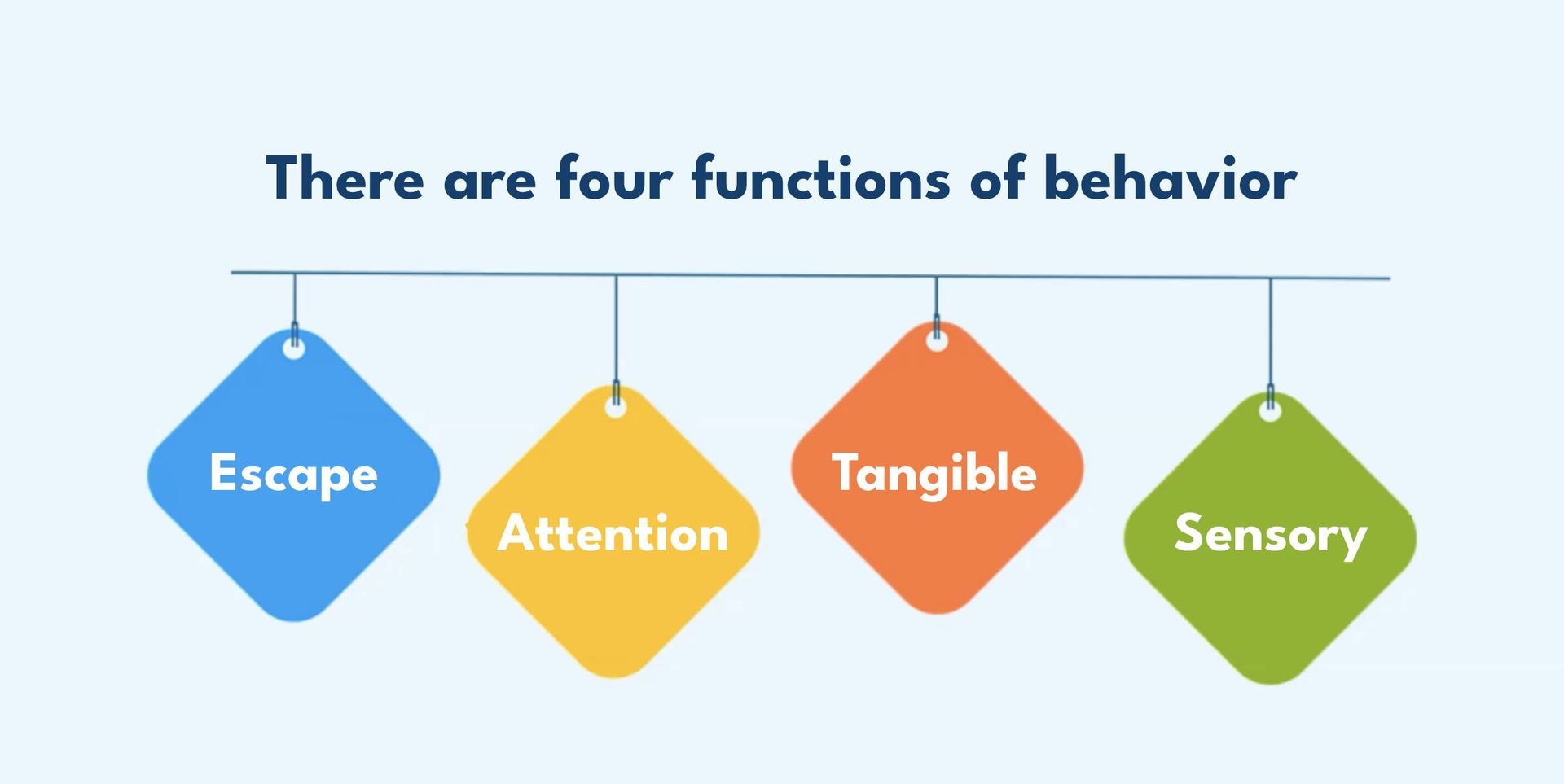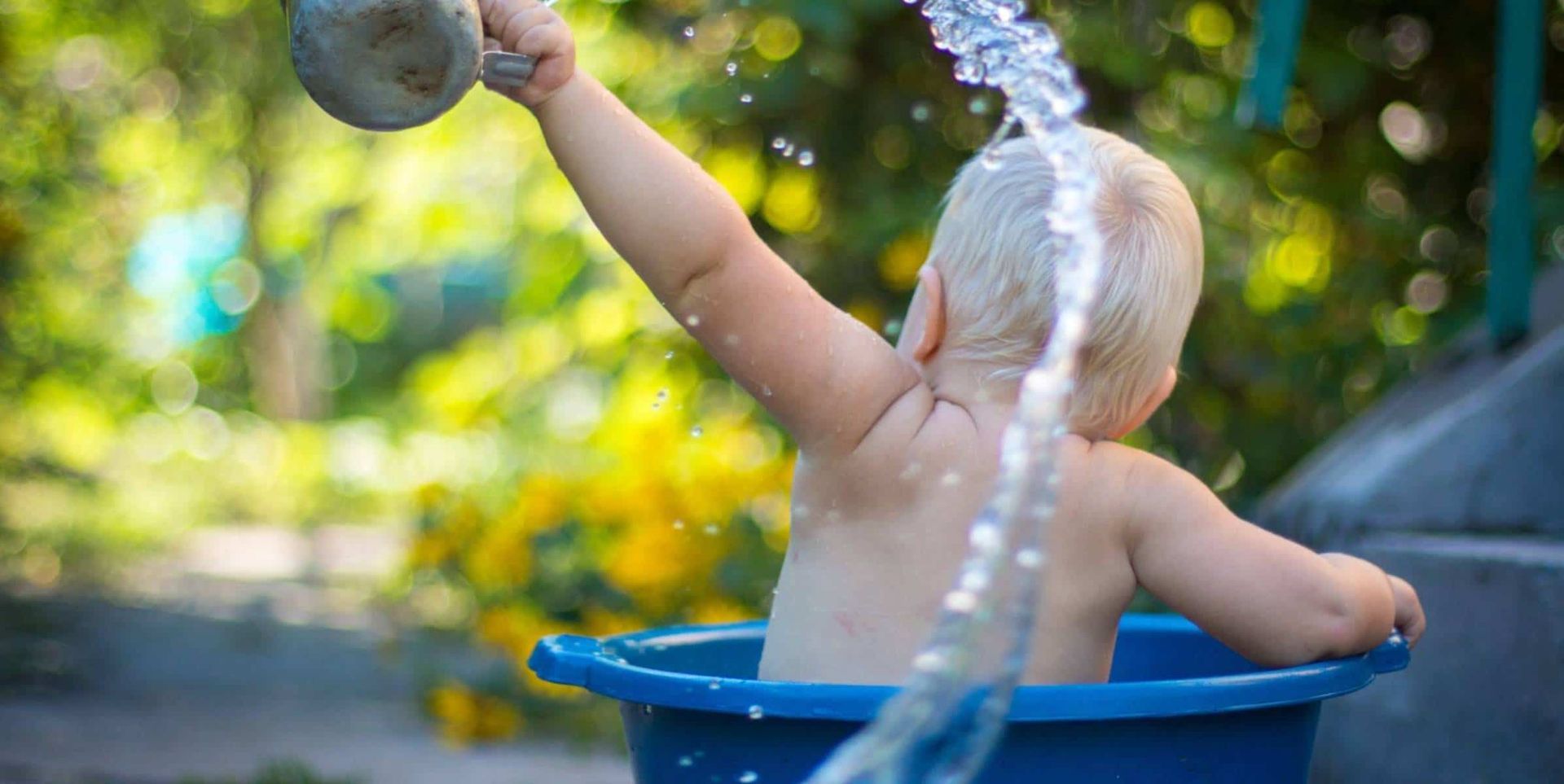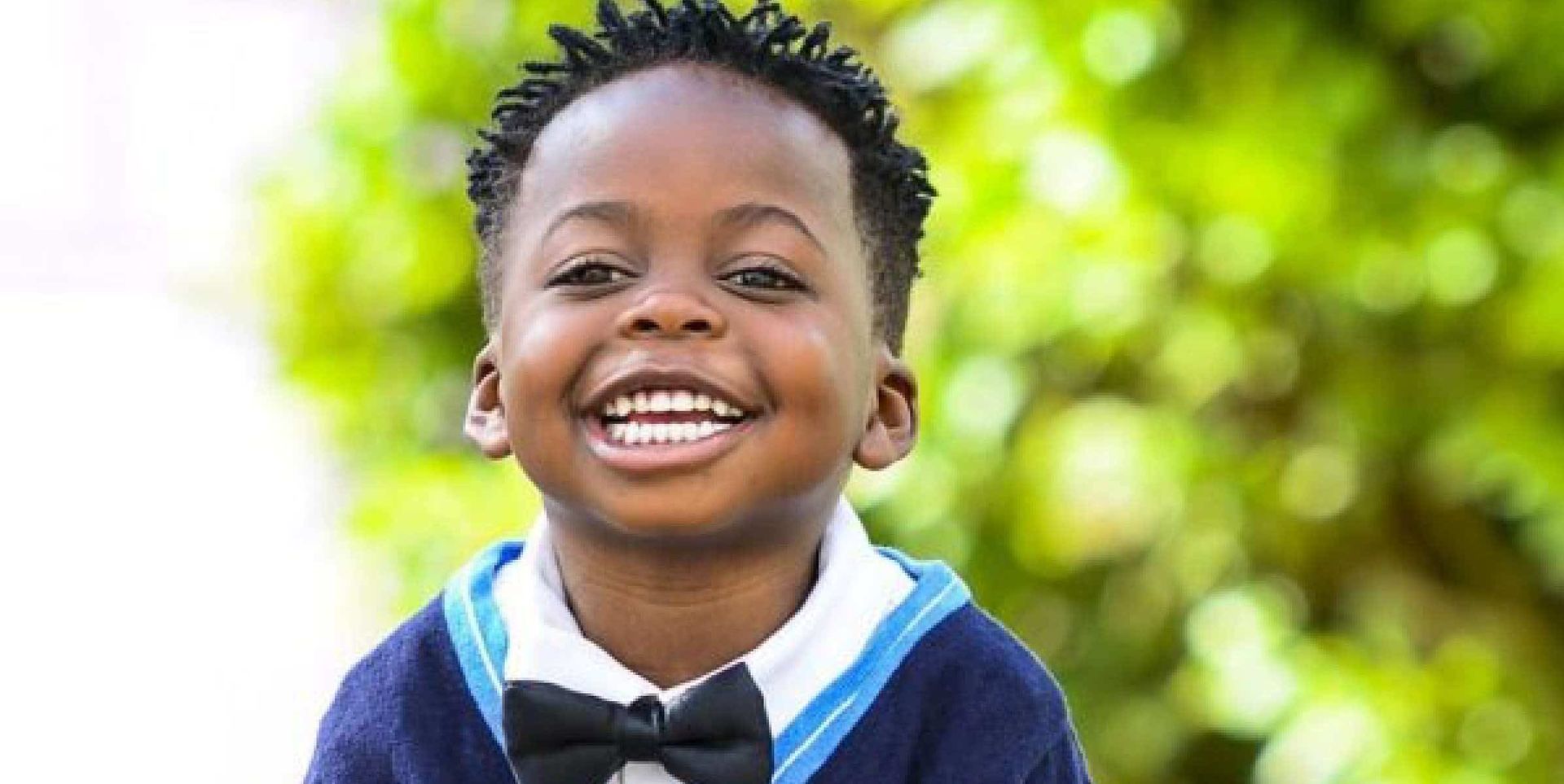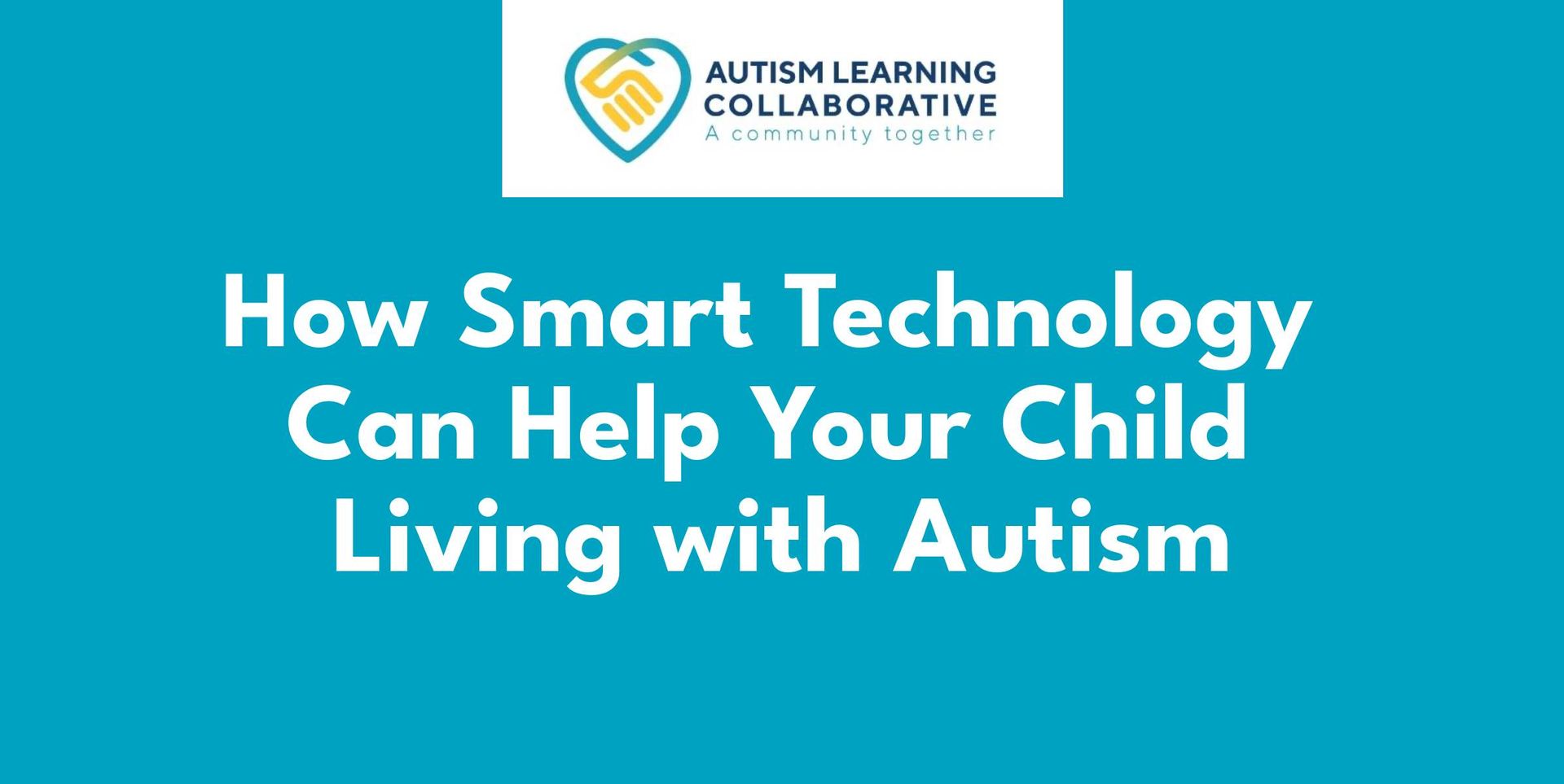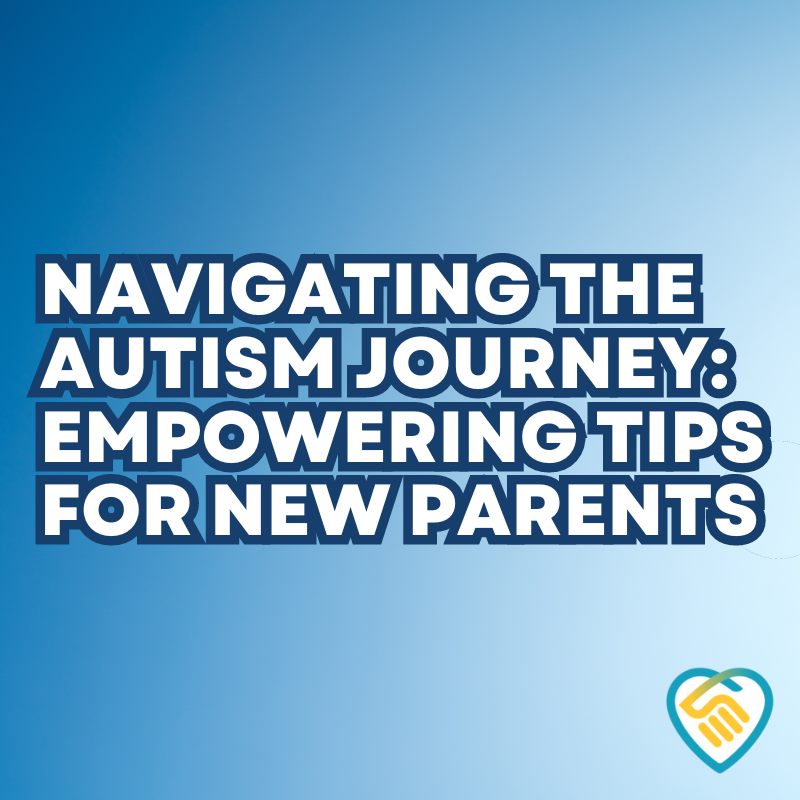How and When is Autism Diagnosed?
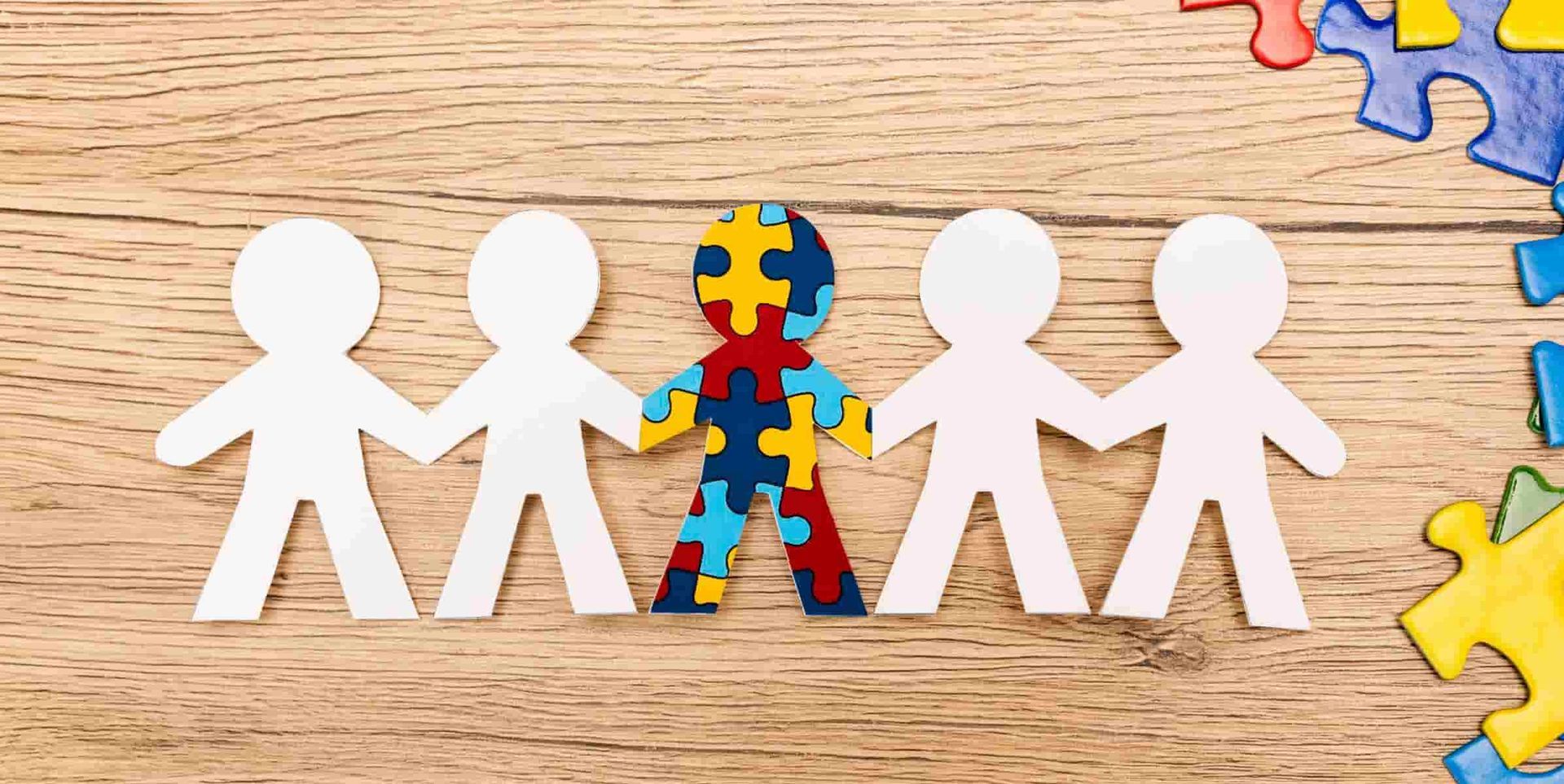
Learning that your child has a disorder of any kind can be overwhelming. And nowadays, with limitless information on the internet, any milestone missed may send you into a frenzy of searching. Therefore, it’s essential to know where to look for accurate information so that you can find the proper support for your child and yourself. Depending on the age of your child, you may wonder about Autism diagnosis in 2-year-olds all the way up to teenagers and beyond, but the sooner you understand the situation, the better.
“1 in 6 U.S. children aged 2–8 years (17.4%) had a diagnosed mental, behavioral, or developmental disorder.” CDC
This blog works as a great starting point if you have questions about your child’s development. It’s hard enough being a parent, not knowing if what your child is doing is considered “on-level” for his age group. Throw in the concern of a disorder diagnosis, and it feels like you’re being pulled into an overwhelming whirlwind of concern. Given the importance of an early Autism diagnosis for children affected by the disorder, it’s best to know the signs to look for.
If this sounds too familiar, your internet searching got you to the right place. So take a deep breath, let it all go; we’ve got you covered from here.
What is Autism Spectrum Disorder?
It goes by many names. ASD, Aspergers, Autistic, On the Spectrum… and the fact that this disorder has so many names is very fitting because Autism presents itself in many different ways.
“Every person with Autism is genuinely unique.”
Autism spectrum disorder (ASD) is a disability in the brain’s functioning. It is classified as a spectrum disorder because of the wide variety of ways it presents itself. People diagnosed with ASD may communicate and interact with others differently. They also may learn differently than their peers. A few of the signs of someone with Autism are:
- Avoiding eye contact
- Uses few or no facial expressions or gestures
- Shows little interest in peers
- Shows repetitive behaviors
- Presents development delays
This is a shortlist, and someone with Autism may show one or all of these. Every person with Autism is genuinely unique.
When Can Autism Be Diagnosed?
The earliest signs of Autism are the absence of expected behaviors. This is why it is so important to schedule your child’s well checkups. It’s there you can ensure your child is growing and developing according to expectations. An experienced professional can diagnose ASD in toddlers as young as 18 to 24 months. Still, ASD is often not diagnosed until 3 to 5 years of age or later. While those unfamiliar with the intricacies of the disorder may have expected that age to be higher, autism diagnosis in a 2-year-old is surprisingly common, and this early discovery can be critical to the child’s mental and emotional wellbeing.
“In 2021, the CDC reported that approximately 1 in 44 children in the U.S. is diagnosed with an autism spectrum disorder (ASD), according to 2018 data.“
If you feel like your child is not developing similar to his or her peers, it’s essential to bring it up with your child’s pediatrician. You may also want to complete the online autism screener, and discuss the results and your concerns with your child’s healthcare provider.
How is Autism Diagnosed?
Wherever your child falls on the spectrum, getting an autism diagnosis is a two-stage process, and it starts with your pediatrician. The diagnosis of Autism is not a simple mouth swab or blood test. The diagnosis is based on behavioral symptoms.
The first part of a diagnosis usually happens during a regular well-child visit with a verified screening. The doctor will then refer your child for a comprehensive diagnostic evaluation if necessary. When autism can be diagnosed, your pediatrician will be the first medical professional to report it and refer you to a professional who specializes in behavioral disorders.
The American Academy of Pediatrics (AAP) recommends developmental and behavioral screening for all children during regular well-child visits at these ages:
- 9 months
- 18 months
- 30 months
In addition, AAP recommends that all children be screened specifically for ASD during regular well-child doctor visits at:
- 18 months
- 24 months
If you’re unsure if your child has been screened, you can ask for a screening.
It’s important to note that you don’t need to wait for a diagnosis of Autism to receive services to address developmental delays. You can access these services free of charge through your state’s Early Intervention program (ages birth – 3) or your school district’s Special Education Office (age 3 – 21). Research shows that early intervention can provide the best outcomes.
It’s nothing to be anxious or ashamed about, early intervention provides your child with even more personalized assistance in the classroom, and helps to continue to nurture your child’s growth, instead of making him or her feel frustrated by limited support.
“Early detection means your child, and you, get help and support sooner.”
Below are signs your doctor is checking for at each well-visit. (taken from the CDC website)
It’s important to note that delays can be due to other factors involved. If you have any concerns, please call your pediatrician’s office or write your questions down for your next visit.
Autism Diagnosis Checklist
At 9 Months, talk to your child’s doctor if your child:
- Doesn’t bear weight on legs with support
- Doesn’t sit with help
- Doesn’t babble (“mama”, “baba”, “dada”)
- Doesn’t play any games involving back-and-forth play
- Doesn’t respond to own name
- Doesn’t seem to recognize familiar people
- Doesn’t look where you point
- Doesn’t transfer toys from one hand to the other
At 18 Months, talk to your child’s doctor if your child:
- Doesn’t point to show things to others
- Can’t walk
- Doesn’t know what familiar things are for
- Doesn’t copy others
- Doesn’t gain new words
- Doesn’t have at least 6 words
- Doesn’t notice or mind when a caregiver leaves or returns
- Loses skills he once had
At 24 Months, talk to your child’s doctor if your child:
- Doesn’t use 2-word phrases (for example, “drink milk”)
- Doesn’t know what to do with common things, like a brush, phone, fork, spoon
- Doesn’t copy actions and words
- Doesn’t follow simple instructions
- Doesn’t walk steadily
- Loses skills she once had
If your child has received an Autism diagnosis, read our blog, Your Child Has Been Diagnosed With Autism – Now What? and check out our Parent Resources.
We are also here to answer any of your questions. As providers of ABA therapy services in St. Louis, Albuquerque, Omaha and Oklahoma City, we know the ins and outs of all things Autism, from diagnosis to the day-to-day routine of caring for a child with ASD. Let our experience guide your way to giving your child the best care they can receive.
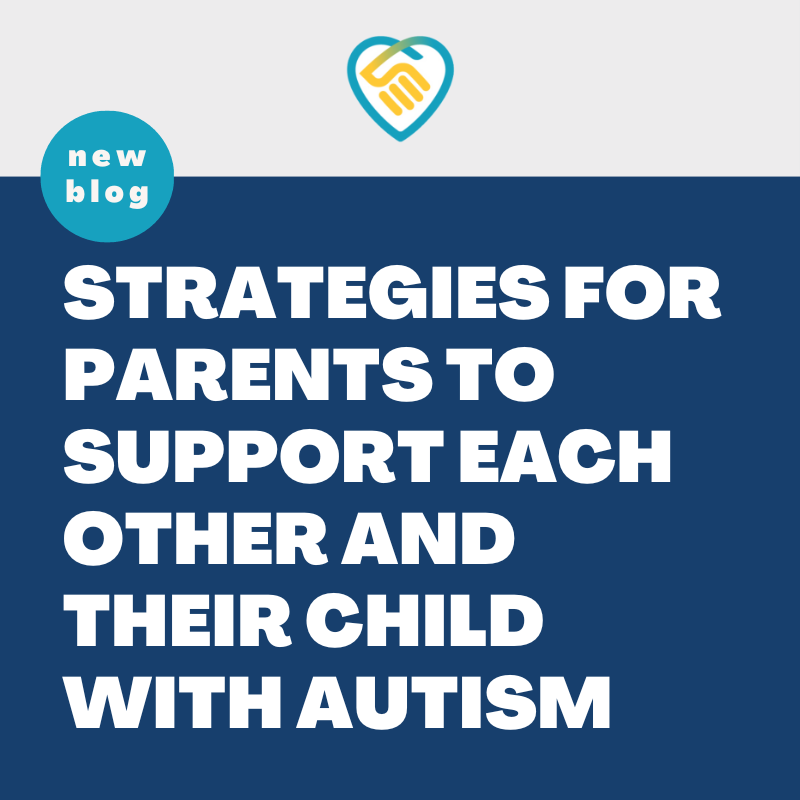
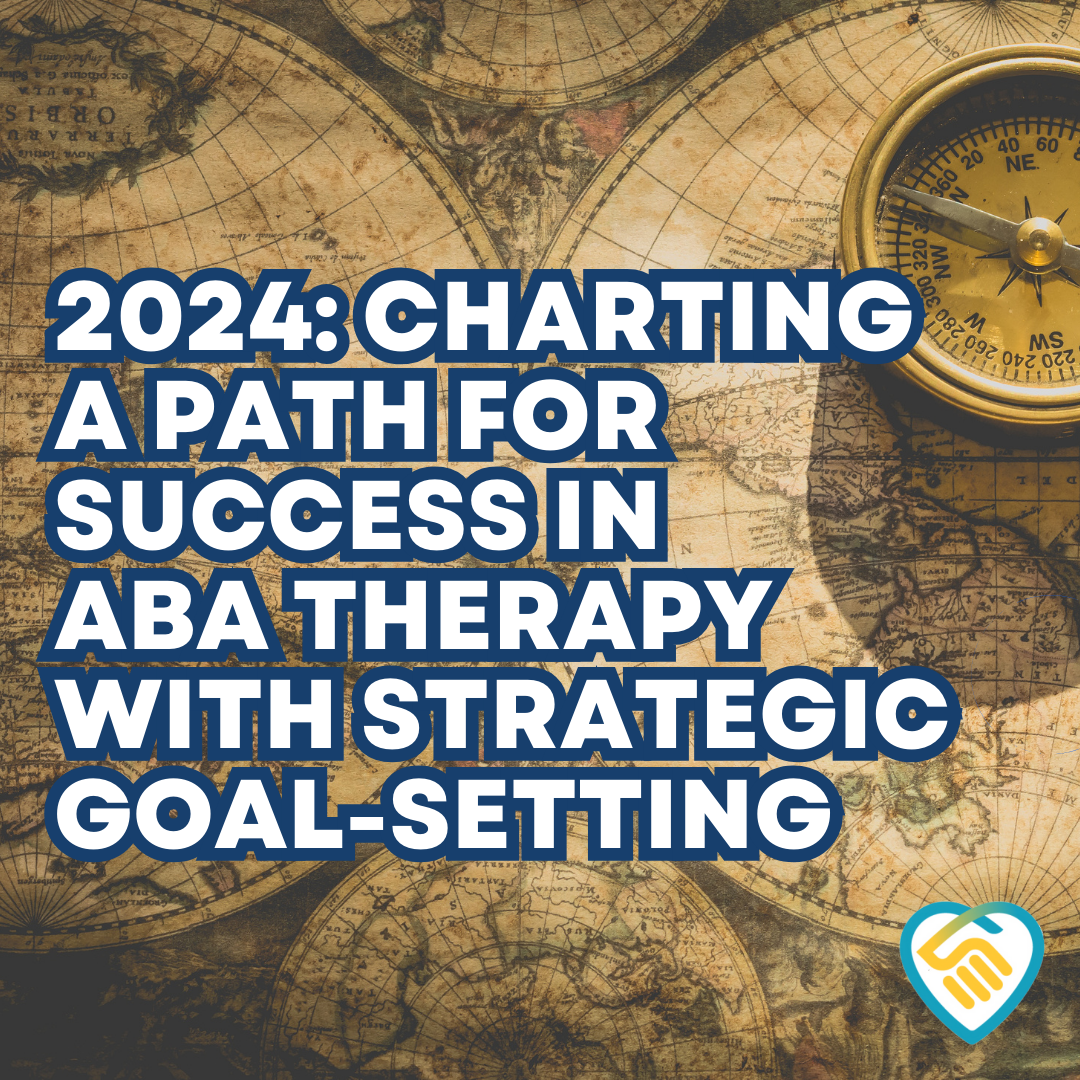
CONTACT US
Toll-Free: 844-743-6506


